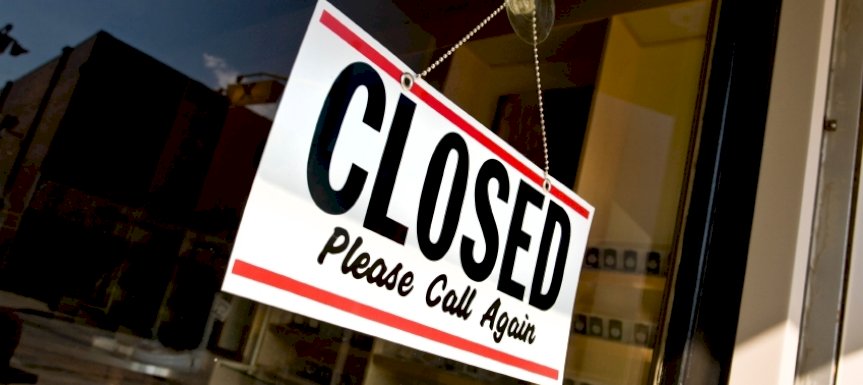
The federal government has announced a range of small-business insolvency reforms to help them restructure and survive the economic impact of the coronavirus crisis.
The federal government’s insolvency reform package has been built around three elements:
- A new formal debt restructuring process
- A new and simplified liquidation pathway
- Measures to encourage a more effective response from the insolvency sector
A new formal debt restructuring process
The new process will be available to incorporated businesses with liabilities of less than $1 million.
The process will adopt to “debtor in possession” model, meaning the business can keep trading under the control of its owners, who know the business best, while a debt restructuring plan is developed and voted on by creditors.
A 20-business-day period will also be given for the development of a restructuring plan by a small-business restructuring practitioner, followed by another 15 business days for creditors to vote on the plan.
A new and simplified liquidation pathway
The new pathway will reduce the number of circumstances in which a liquidator can seek to claw back an unfair preference payment from a creditor that is not related to the company.
In addition, only the liquidator will be required to report to ASIC (under section 533) on potential misconduct where there are reasonable grounds to believe that misconduct has occurred.
The liquidation pathway will remove requirements to call creditor meetings and the ability to form committees of inspection.
Safeguards will be included to prevent companies from using the process to undertake corporate misconduct, including firms seeking to carry out illegal phoenix activity.
Like the new restructuring process, the new liquidation pathway is accessible to incorporated businesses with liabilities of less than $1 million.
Measures to encourage an effective response from the insolvency sector
Some of the key measures include the temporary waiver of fees associated with registration as a registered liquidator for approximately two years until 30 June 2022.
More flexibility will be added to the registration of insolvency practitioners by removing requirements which are overly rigid but do not provide demonstrated benefit in ensuring the integrity of the profession.
Temporary insolvency relief will be provided for eligible companies waiting to access the new restructuring process, where a company can announce its intention to access the restructuring process, then benefit from the existing temporary insolvency relief for up to three months until the process commences.
Reform package inspired by US Bankruptcy Code
Treasurer Josh Frydenberg said the reforms draw on key features from Chapter 11 of the Bankruptcy Code in the US, and is expected to cover around 76 per cent of businesses subject to insolvencies today, 98 per cent of whom have fewer than 20 employees.
Further, he said it’s critical that businesses have the necessary flexibility to either restructure or to wind down their operations in an orderly manner.
“As the economy continues to recover, it will be critical that distressed businesses have the necessary flexibility to either restructure or to wind down their operations in an orderly manner,” Mr Frydenberg said.
“Together, these measures will reposition our insolvency system to reduce costs for small businesses, reduce the time they spend during the insolvency process, ensure greater economic dynamism, and ultimately help more small businesses get to the other side of the crisis.”
To view the government’s full fact sheet on the reforms, click here.
[Related: RBA stance unchanged despite looming ‘shock’]